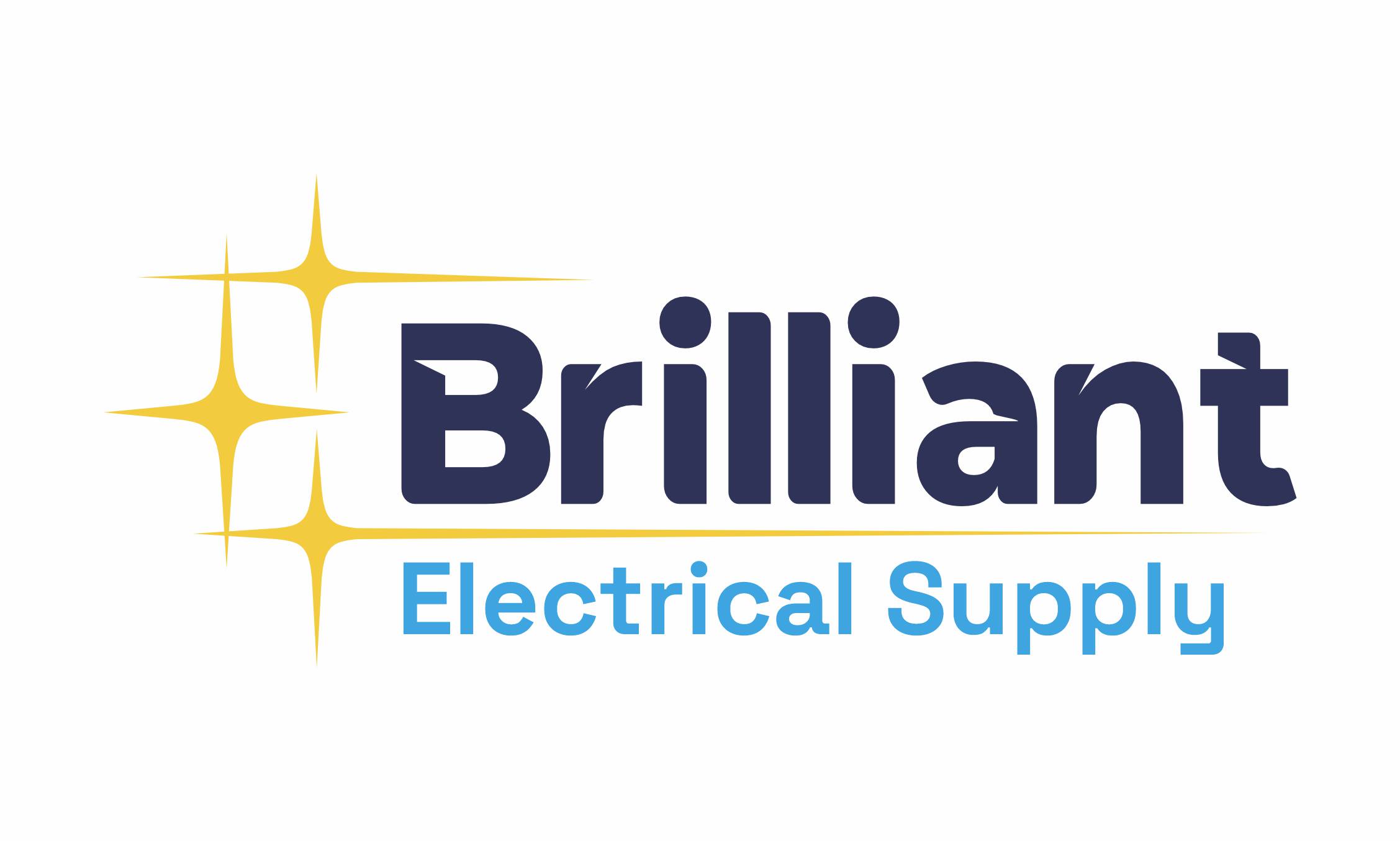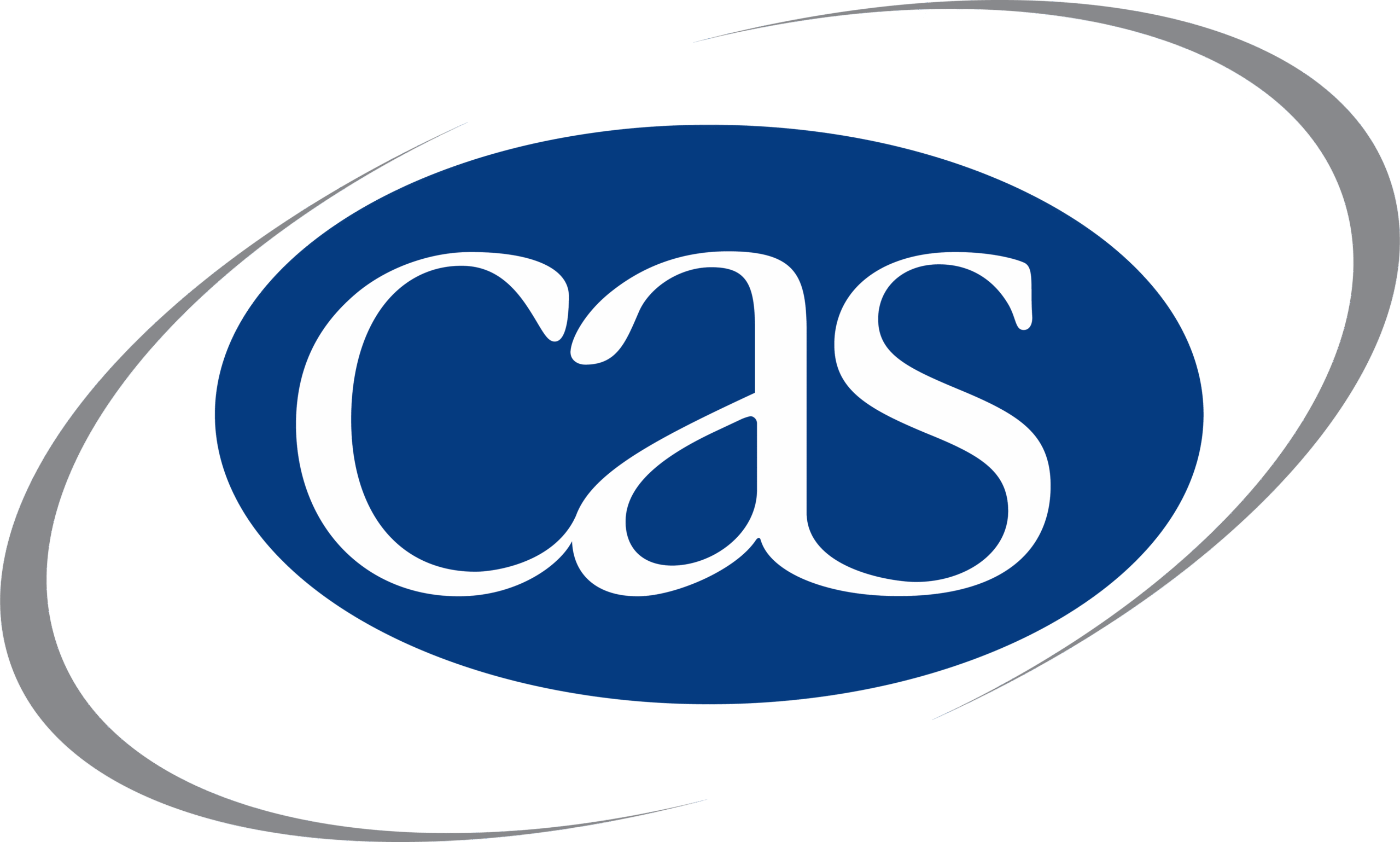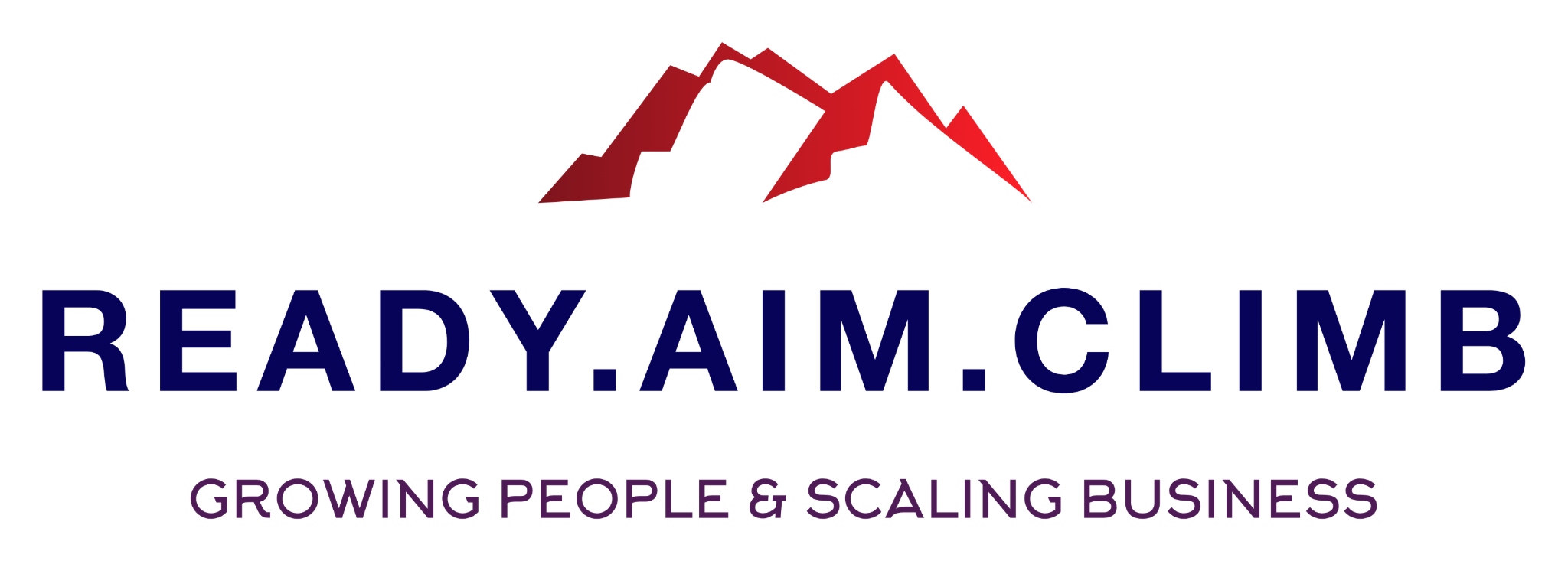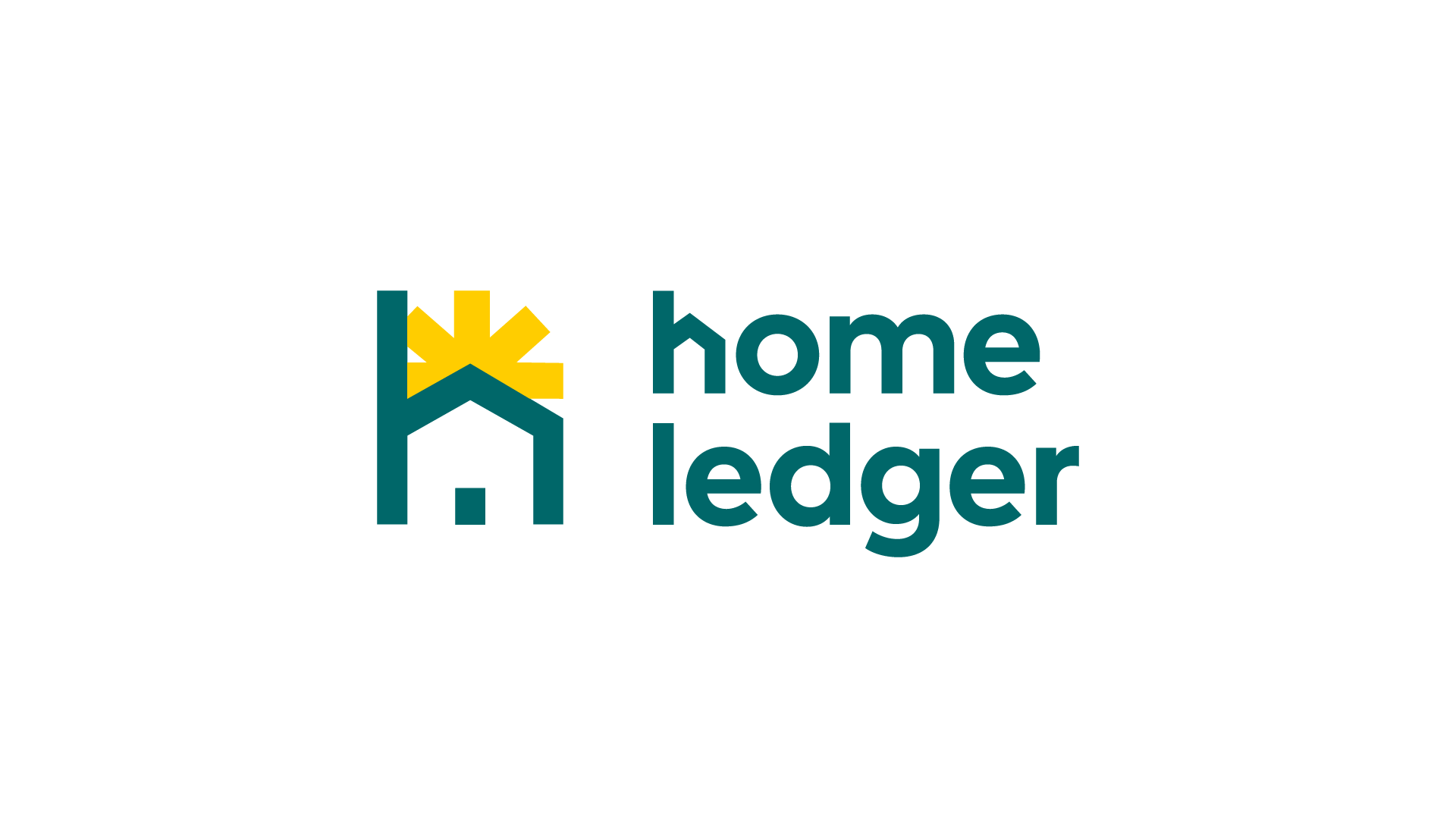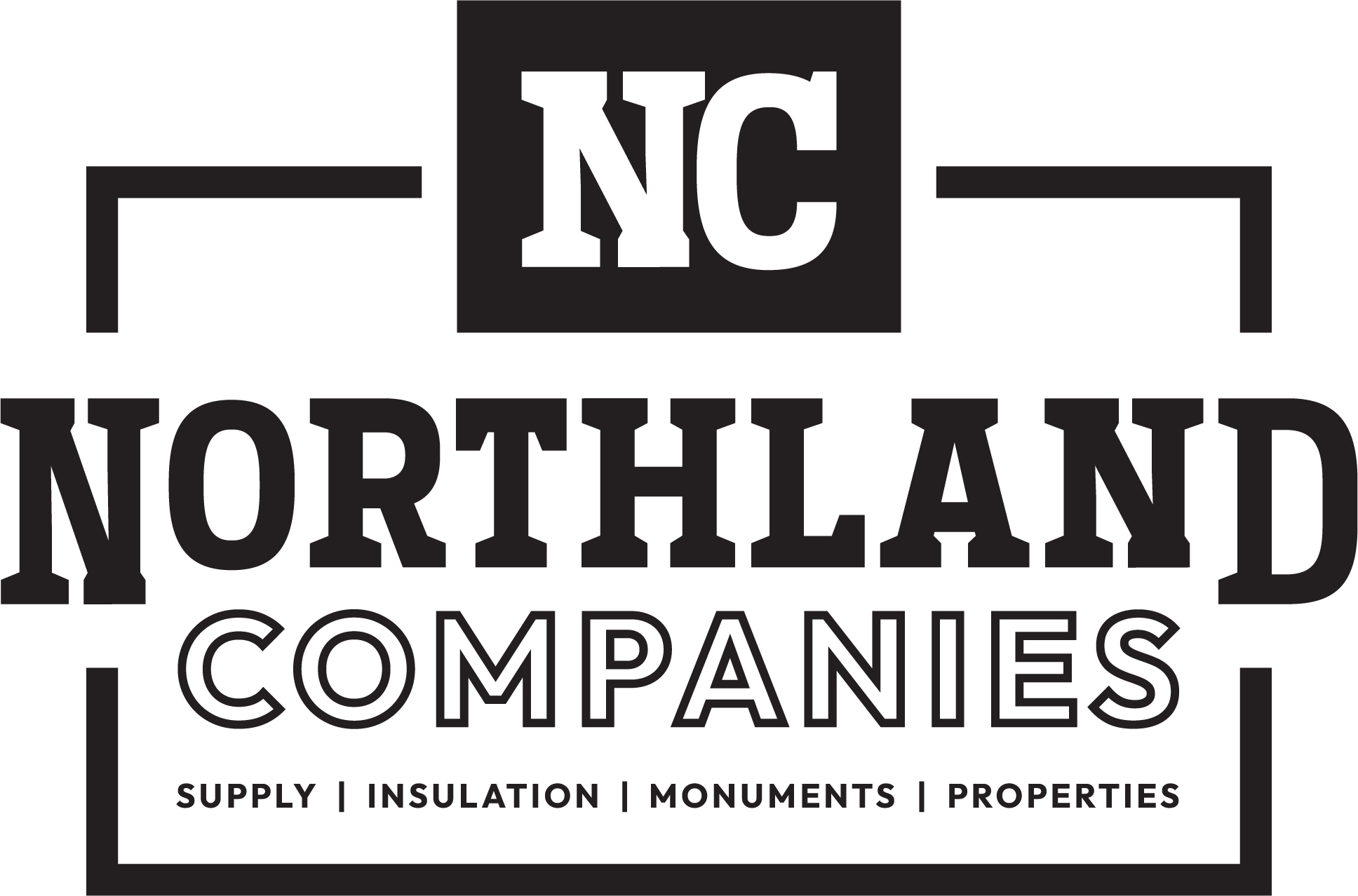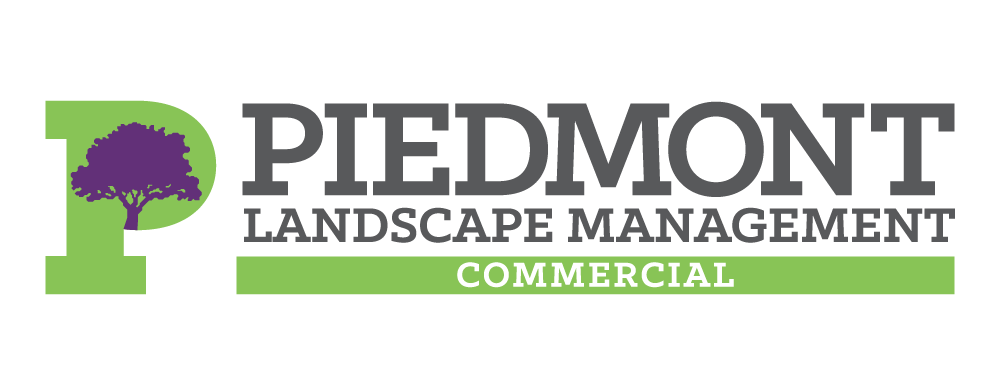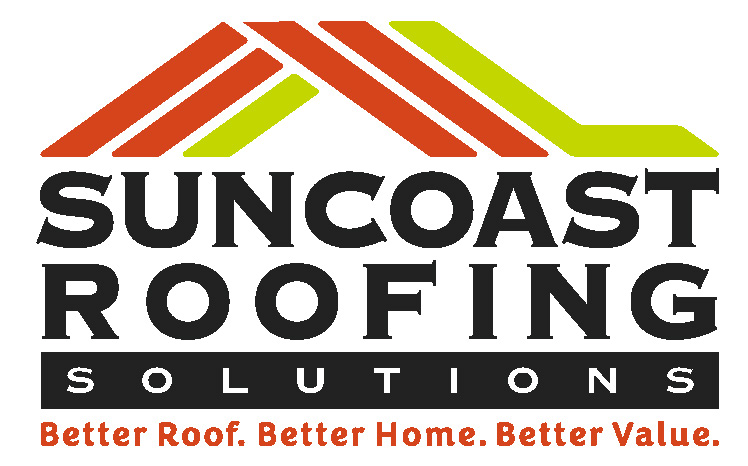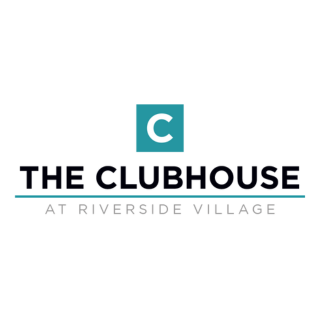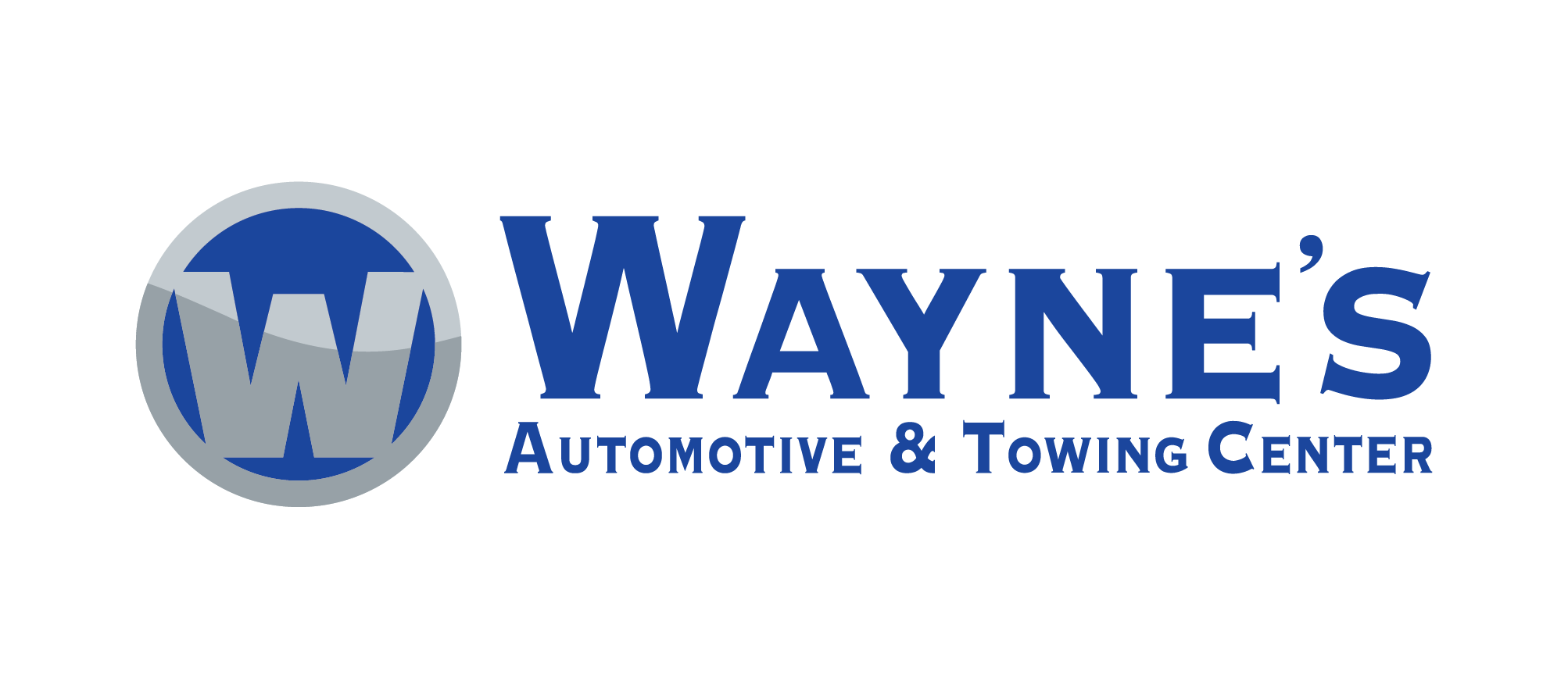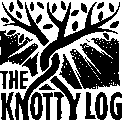Key Takeaways:
- Dedicated Client Success Managers drive 27% higher revenue growth through proactive relationship management and strategic upselling.
- Companies with CSMs see customer retention rates increase by up to 46% compared to traditional support models.
- CSMs act as revenue multipliers, generating 5-10x their salary through retention and expansion opportunities.
- The shift from reactive support to proactive success management creates sustainable competitive advantages.
- Proper CSM implementation requires clear metrics, technology integration, and alignment across sales, marketing, and product teams.
You’re spending thousands on lead generation. Your ads are converting. Your sales team is closing deals. But six months later, half your clients have churned, and you’re back to square one.
Sound familiar?
The missing piece is not your marketing strategy or your sales process. It is what happens after the handshake—and that is where a dedicated Client Success Manager becomes your most valuable player.
Here is why smart businesses are making this investment, and why it might be the difference between surviving and thriving in today’s competitive market.
The Real Cost of Ignoring Client Success
Let us start with some hard numbers that will make you rethink your priorities.
Research from Salesforce shows that acquiring a new customer costs 5-25 times more than retaining an existing one. Yet most businesses spend 90% of their budget on acquisition and barely 10% on retention.
That is backwards thinking.
When clients churn, you are not just losing monthly recurring revenue. You are losing:
- The entire cost of acquisition for that client.
- Future upsell opportunities.
- Potential referrals.
- Brand reputation in your market.
A dedicated Client Success Manager changes this equation entirely. They transform your business from a leaky bucket into a growth engine.
What Makes a CSM Different from Customer Support
Here is where most businesses get it wrong. They think customer support and client success are the same thing. They are not.
Customer support is reactive. Someone has a problem, they call, you fix it. CSMs are proactive. They monitor usage patterns, identify opportunities, and solve problems before clients even know they exist.
The difference in results? Night and day.
Studies by Gainsight show that companies with dedicated CSMs see customer lifetime value increase by 35% on average. Why? Because CSMs do not just solve problems—they optimize outcomes.
Think about it like this: customer support keeps the lights on. Client success turns up the brightness and shows you rooms you did not know existed.
How CSMs Drive Revenue Growth
This is not feel-good relationship building. This is revenue strategy disguised as service excellence.
CSMs drive revenue in three specific ways:
1. Retention Revenue Protection
Every client who does not churn is revenue protected. HubSpot research indicates that a 5% increase in customer retention can increase profits by 25-95%. CSMs monitor engagement metrics, usage patterns, and satisfaction scores to identify at-risk accounts before they become lost revenue.
This proactive approach means anticipating client needs and addressing potential issues before they escalate into reasons for dissatisfaction or churn. By consistently delivering value and demonstrating an understanding of client goals, CSMs build a strong foundation of trust that encourages clients to stay. This is especially true in subscription-based models or long-term service contracts, where consistent value delivery is paramount to renewal.
2. Expansion Revenue Generation
CSMs know your clients’ businesses better than anyone. They understand pain points, growth objectives, and budget cycles. This positions them perfectly to recommend upgrades, add-ons, or complementary services at exactly the right moment.
The key? They are not selling—they are solving. Clients trust their recommendations because CSMs have proven they care about outcomes, not just transactions. This deep understanding allows CSMs to identify genuine opportunities for clients to gain more value from additional services, leading to authentic upselling and cross-selling. For example, if a marketing client is seeing great results from one service, a CSM might suggest a complementary service to further amplify their reach or efficiency, making the recommendation feel like a natural extension of a successful partnership rather than a sales pitch. This approach directly supports revenue growth without feeling pushy, as the recommendations are rooted in the client’s actual needs and success.
3. Referral Revenue Multiplication
Happy clients become your best salespeople. CSMs create those happy clients by ensuring consistent value delivery and proactive communication. Nielsen research shows that 92% of consumers trust referrals from people they know more than any other form of advertising.
When clients are genuinely satisfied and feel their CSM is a strategic partner, they are far more likely to recommend your services to their network. This organic growth through referrals is incredibly valuable, as these leads often come with a higher level of trust and a shorter sales cycle. CSMs facilitate this by consistently exceeding expectations, celebrating client successes, and actively seeking feedback to continuously improve the client experience. This also ties into the concept that customer reviews are a powerful growth hack, as happy clients are more likely to leave positive reviews and provide testimonials, further boosting your brand’s credibility and attracting new business.
The Strategic Value Beyond Revenue
CSMs do more than protect and grow revenue. They become your competitive moat.
Market Intelligence Gathering
CSMs are on the front lines, hearing directly from clients about industry trends, competitor movements, and emerging needs. This intelligence feeds back into your product development, marketing messaging, and strategic planning.
It is like having a market research team that pays for itself through client retention. Their direct insights provide a real-time pulse on the market, allowing your organization to adapt strategies and offerings to stay ahead. This continuous feedback loop ensures that your marketing efforts are always aligned with what clients truly need and what the market is demanding, rather than relying on outdated assumptions. For instance, if multiple clients mention a new challenge in their industry, the CSM can bring this back to the marketing team, who can then craft targeted content or campaigns addressing that specific pain point.
Product Development Insights
Your CSM knows which features clients actually use, which ones they ignore, and what functionality they desperately need. This feedback loop ensures your product roadmap aligns with real client demand, not internal assumptions.
By acting as the “voice of the customer” within the organization, CSMs break down silos between marketing, sales, and product teams. Their insights from direct client feedback inform product development and marketing strategies, ensuring offerings are closely aligned with client needs and market trends. This not only improves existing products but also guides the creation of new ones, ensuring they will be well-received and adopted by the target audience. This is a critical factor in maintaining relevance and competitive advantage, as products and services that truly solve client problems are more likely to succeed.
Brand Differentiation
In crowded markets, exceptional client success becomes your differentiator. When prospects are comparing similar services at similar price points, the quality of ongoing support and strategic partnership often makes the decision.
CSMs position your business as the premium choice—not because you are more expensive, but because you deliver more value. This superior customer success management sets a benchmark for service, making it harder for competitors to lure away satisfied clients. It builds a reputation for reliability, responsiveness, and genuine partnership, which can be a powerful factor in attracting and retaining high-value clients. In a world where competitors are just a click away, a dedicated CSM provides a strong, tangible reason for clients to choose and stay with your business. This aligns with the idea that businesses that build trust beyond the click are the ones that truly grow.
Building Your CSM Strategy
Not all CSM implementations succeed. Here is how to build one that drives results:
Define Success Metrics
CSMs need clear, measurable objectives:
- Net Revenue Retention rates.
- Customer satisfaction scores.
- Product adoption metrics.
- Expansion revenue generated.
- Referral rates and quality.
Without metrics, you are hoping for success instead of engineering it. These metrics should be regularly tracked and reviewed to ensure the CSM is on track and to identify areas for improvement. Defining these objectives clearly from the start helps to align the CSM’s efforts with the overall business goals and provides a clear framework for evaluating their impact. It also allows for data-driven adjustments to the CSM strategy, ensuring continuous optimization and effectiveness.
Technology Integration
CSMs need tools that provide visibility into client health, usage patterns, and engagement trends. Customer success platforms, CRM integration, and analytics dashboards are not nice-to-haves—they are essential for proactive management.
These tools allow CSMs to monitor client engagement and product usage, proactively addressing challenges before they escalate. This reduces churn by targeting at-risk accounts and ensures a seamless client journey from onboarding to renewal. Without the right technology, CSMs can easily become overwhelmed by manual tasks and lose the ability to act proactively, diminishing their strategic impact. Investing in the right technology ensures that CSMs have the data and automation necessary to deliver increasingly effective solutions and drive innovation within the marketing organization. For instance, CRM platforms can help track customer interactions, while analytics dashboards can provide insights into product adoption and usage, which are crucial for a CSM’s proactive approach.
Cross-Team Alignment
CSMs work best when they are connected to your sales, marketing, and product teams. They need to understand what was promised during sales, what marketing messages resonate with clients, and what product developments are coming.
Silos kill client success. Integration amplifies it. This alignment ensures that the client experience is cohesive and consistent across all touchpoints. When sales knows what the CSM will deliver, and marketing understands client feedback from the CSM, the entire organization benefits. This collaborative approach ensures that offerings are closely aligned with client needs and market trends, and that the internal teams are working together to support client success. This is a key component of a multi-channel marketing playbook, where all departments work in harmony to provide a seamless customer journey.
The Economics of CSM Investment
Let us talk numbers, because that is what matters.
A dedicated CSM typically costs $60,000-$120,000 annually, depending on experience and market. But the return calculation is straightforward:
If your average client generates $10,000 annually and your CSM prevents just 10 churns while generating 5 expansions worth $5,000 each, you are looking at $125,000 in protected and generated revenue. That is before considering referrals, testimonials, and case studies that fuel future growth.
The math works. The question is not whether you can afford a CSM—it is whether you can afford not to have one. The investment in a CSM is not an expense, but a strategic investment that yields significant returns by increasing customer lifetime value and fostering organic growth through referrals and positive word-of-mouth. This focus on long-term value over short-term costs is a hallmark of successful businesses in competitive markets.
Implementation Roadmap
Ready to move forward? Here is your step-by-step approach:
Phase 1: Assessment and Planning
- Audit your current retention rates and churn reasons.
- Identify your highest-value client segments.
- Define success metrics and goals.
- Map your current client journey and identify gap areas.
This initial phase is crucial for laying the groundwork for a successful CSM program. Understanding where your business currently stands in terms of client satisfaction and retention helps to identify the most critical areas for improvement and focus. It also ensures that the CSM strategy is tailored to your specific business needs and client base, maximizing the potential for impact.
Phase 2: Hiring and Setup
- Hire based on relationship skills, not just technical knowledge.
- Implement necessary technology and integration.
- Create client success playbooks and processes.
- Establish communication protocols with internal teams.
The success of your CSM program heavily relies on the right people and the right tools. Hiring individuals with strong interpersonal and communication skills is paramount, as their primary role is to build and maintain strong client relationships. Equally important is providing them with the technological infrastructure and clear operational guidelines to perform their duties effectively and proactively. This phase also involves creating a clear framework for how CSMs interact with other departments, ensuring a unified approach to client success.
Phase 3: Launch and Optimization
- Begin with your highest-value or highest-risk clients.
- Monitor metrics weekly and adjust strategies monthly.
- Gather feedback from both clients and internal teams.
- Scale successful approaches across your entire client base.
Starting with a targeted group allows for a controlled rollout and the opportunity to fine-tune the CSM approach before a broader implementation. Continuous monitoring and adaptation are key to optimizing the program’s effectiveness. Client and internal feedback provide invaluable insights for refinement, ensuring that the CSM strategy remains relevant and impactful. This iterative process of launch, learn, and optimize ensures that the CSM program delivers consistent and growing value to both clients and the business.
Common Mistakes to Avoid
CSM implementation fails when businesses make these critical errors:
- Treating CSMs like expensive customer support: CSMs should focus on growth and retention, not technical troubleshooting. Their role is strategic, aiming to maximize client value and success, which extends far beyond reactive problem-solving.
- Skipping the technology investment: CSMs need data and tools to be proactive, not reactive. Without proper technology, their ability to monitor client health, identify trends, and intervene proactively is severely limited, reducing their effectiveness and ROI.
- Setting vague objectives: Without clear metrics, CSMs cannot prioritize or prove their value. Ambiguous goals lead to unfocused efforts and make it impossible to measure the program’s success, undermining the entire initiative.
- Ignoring internal alignment: CSMs need support from sales, marketing, and product teams to succeed. When departments operate in silos, the CSM’s ability to advocate for clients and influence internal processes is hampered, leading to a disjointed client experience.
The Competitive Reality
Your competitors are already thinking about this. The businesses that implement dedicated client success strategies first will have significant advantages in retention, growth, and market reputation.
This is not about following trends—it is about building sustainable competitive advantages. Client success management transforms your business model from transactional to relational, from project-based to partnership-based. That transformation creates loyalty that is hard for competitors to break.
At Fencepost, we have seen firsthand how businesses with strong client success strategies outperform their competitors in both retention and growth. The companies investing in these relationships today are building the foundation for long-term market leadership. This is especially true for local businesses that need to dominate Google Maps rankings and build strong community trust.
The question is not whether client success management matters—it is whether you will implement it before or after your competitors do.
Ready to transform your client relationships into growth engines? The businesses that act first will set the pace for everyone else.
Unlock Growth with Your Own Client Success Manager
Ready to experience the difference of having a dedicated partner focused on your success? Our Client Success Managers ensure your campaigns stay on track, goals are met, and growth never stalls. Let’s build your winning strategy. Start today!
Frequently Asked Questions
Q: How do I know if my business is ready for a dedicated Client Success Manager?
A: If you have 50+ active clients or your monthly recurring revenue exceeds $100,000, a CSM investment typically pays for itself within 6-12 months through improved retention and expansion.
Q: What is the difference between a CSM and an account manager?
A: Account managers focus on sales and contract renewals. CSMs focus on client outcomes, product adoption, and proactive success planning. CSMs prevent problems; account managers solve them after they occur.
Q: How long does it take to see results from CSM implementation?
A: Initial retention improvements typically appear within 90 days. Expansion revenue and referral generation usually take 6-9 months to fully develop as relationships deepen and trust builds.
Q: Can smaller businesses afford dedicated CSMs?
A: Absolutely. Many businesses start with part-time CSMs or combine the role with other functions. The key is ensuring someone owns proactive client success, regardless of their title or time allocation.
Q: What metrics should I use to measure CSM success?
A: Focus on Net Revenue Retention, Customer Lifetime Value, expansion revenue generated, and customer satisfaction scores. These metrics directly tie to business outcomes and ROI.





